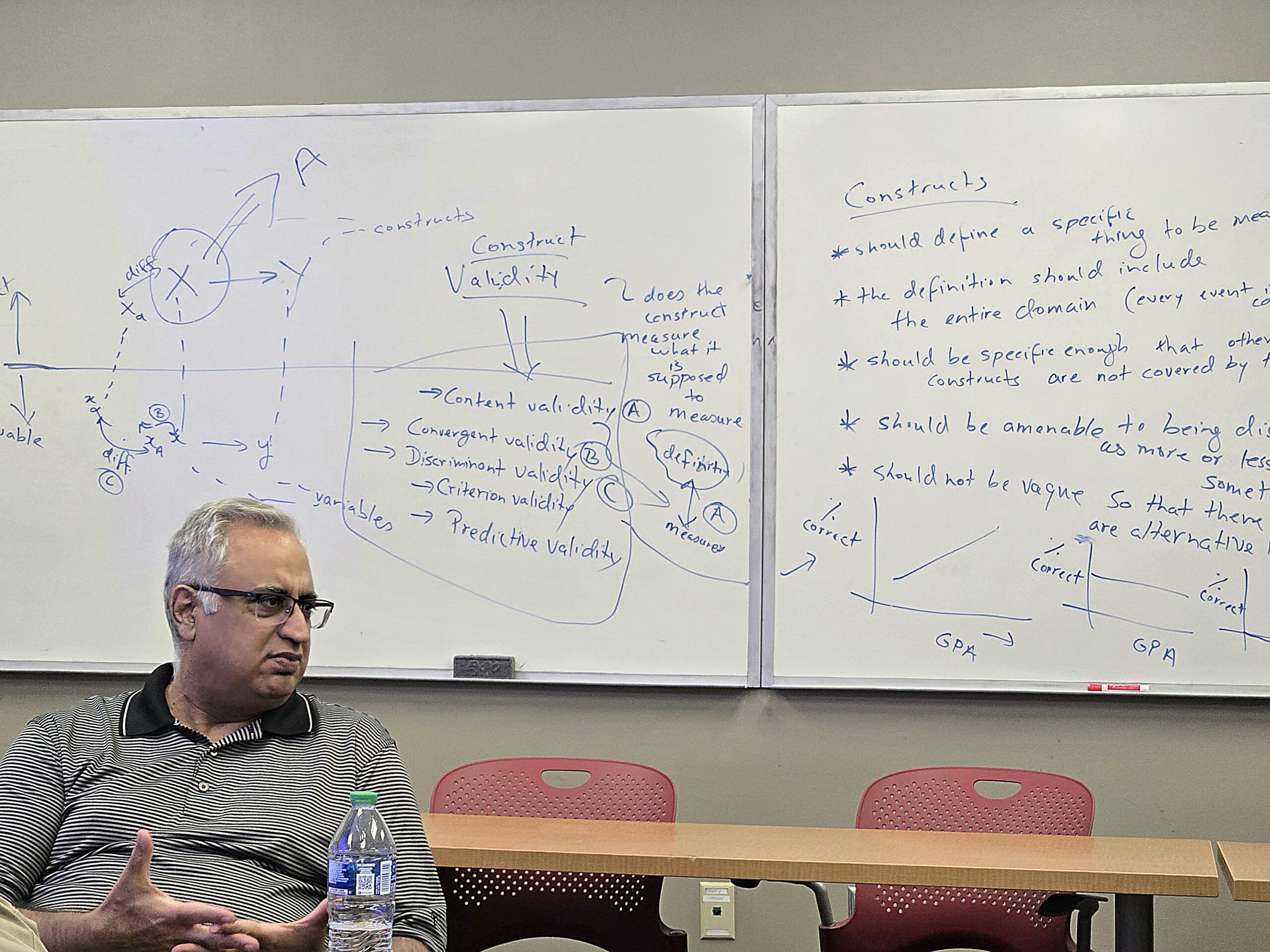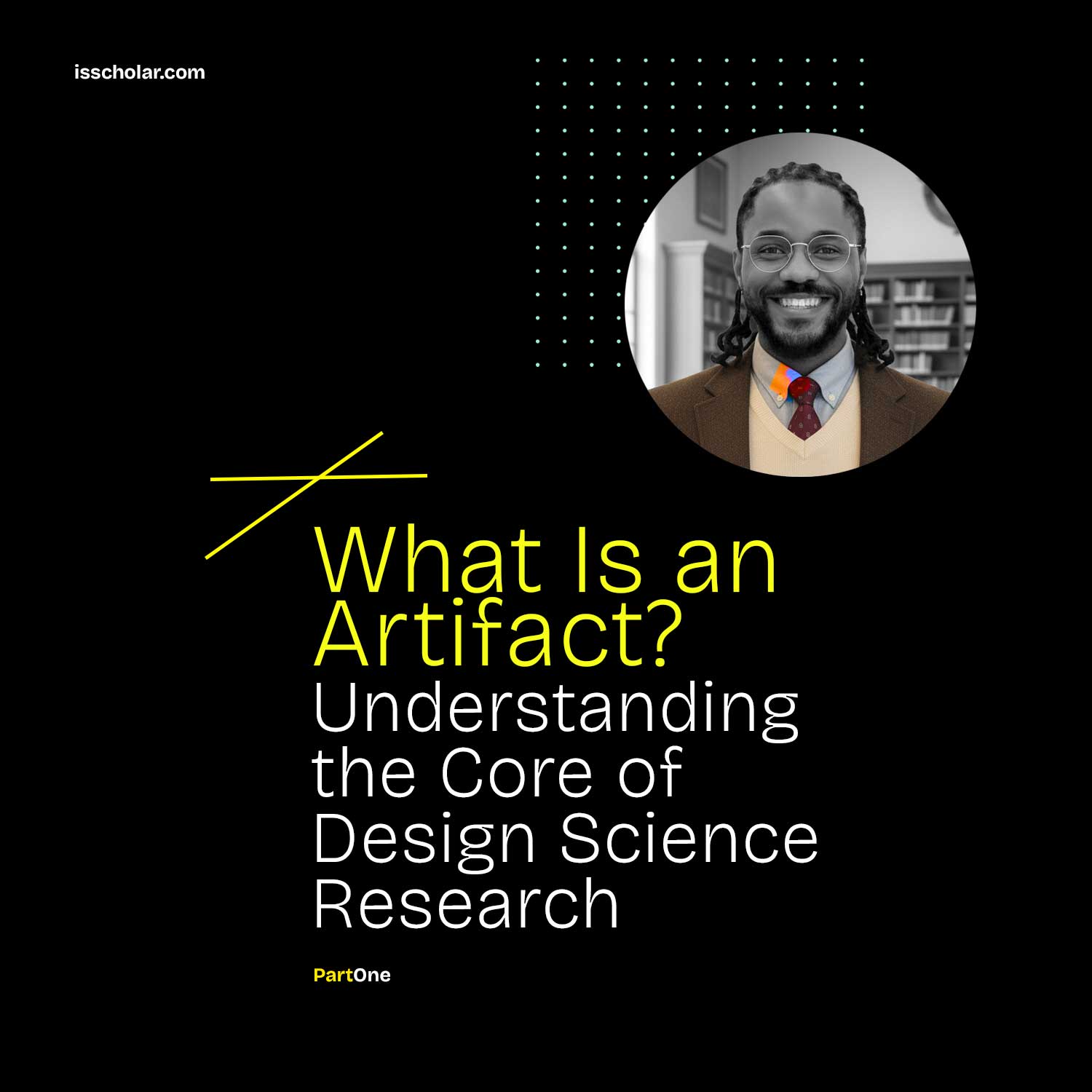In social sciences, figuring out if one thing causes another is important but can be challenging. Unlike natural sciences, where we can often use experiments to show direct cause and effect, social sciences deal with complex human behaviors and situations that make this harder.
Why It’s Hard to Prove Cause and Effect
Consider the relationship between inflation (the rate at which prices for goods and services rise) and unemployment. Both tend to change in cycles, but it’s tough to say that one directly causes the other because:
- Timing Issues: It’s not always clear if changes in inflation happen before changes in unemployment.
- Cyclical Patterns: They might move together or in opposite directions at different times.
- Multiple Influences: Other factors like government policies or global economic events can affect both.
Three Things Needed to Show Cause and Effect
To confidently say that one thing (X) causes another (Y), we need to meet three conditions:
- Temporal Precedence (Timing):
- What It Means: The cause (X) must happen before the effect (Y).
- Example: If we believe that studying more leads to better grades, the increased studying must come before the improved grades.
- Covariation (They Change Together):
- What It Means: When X changes, Y also changes.
- Example: Students who study more tend to get better grades.
- Elimination of Alternative Explanations:
- What It Means: We must rule out other reasons that could cause Y.
- Example: Maybe students who study more also get extra help from tutors. We need to make sure it’s the studying, not the tutoring, causing better grades.
Why Experiments Are the Best Way
Experiments are considered the strongest method for proving cause and effect because:
- Control Over Variables: Researchers decide when and how X happens.
- Ensuring Timing: They make sure X happens before Y is measured.
- Ruling Out Other Causes: By controlling the environment, they minimize other factors that could affect Y.
Example:
- Giving one group of students a new teaching method (X) and comparing their test scores (Y) to a group that didn’t get the new method helps show if the method caused any changes in scores.
Challenges with Surveys and Observational Studies
When we use surveys or collect data at one point in time (cross-sectional research), proving cause and effect is harder because:
- Timing Is Unclear:
- We collect information on X and Y at the same time, so it’s hard to tell which came first.
- They May Not Change Together:
- We might find a relationship, but we can’t be sure if X causes Y, or if they’re both affected by something else.
- Other Factors May Be Involved:
- There could be other reasons why Y is changing that we haven’t considered.
How to Strengthen Cause-and-Effect Claims Without Experiments
Even if we can’t do experiments, we can still make a strong case by:
- Using Logical Arguments and Theory:
- Explain why it makes sense that X would cause Y.
- Example: If we think that better communication (X) leads to improved team performance (Y), we can explain that communication helps team members coordinate their efforts.
- Statistical Controls:
- Use statistical methods to account for other variables that might affect Y.
- Example: When studying the effect of exercise (X) on weight loss (Y), control for diet, age, and metabolism.
- Collecting Data Over Time (Longitudinal Studies):
- Gather data at multiple points to see if changes in X happen before changes in Y.
- Example: Measure employees’ job satisfaction before and after a change in management style.
- Explaining the Process (Mechanism):
- Describe how X leads to Y.
- Example: Detail how training (X) improves skills, which then leads to better job performance (Y).
Four Steps to Argue for Cause and Effect in Your Research
When writing research papers, especially when you can’t do experiments, follow these steps:
- Show Timing (Temporal Precedence):
- Argue that X happens before Y based on logic or evidence.
- Example: If you’re studying how education affects income, explain that people get educated before they earn higher incomes.
- Demonstrate They Change Together (Covariation):
- Provide data showing that when X changes, Y changes too.
- Example: Show statistical evidence that higher levels of education are associated with higher income levels.
- Rule Out Other Causes:
- Control for other factors that could affect Y.
- Example: Account for work experience, industry, and location when studying income.
- Use Logical Reasoning:
- Explain why X should cause Y.
- Example: Discuss how education provides skills and knowledge that are valuable in the job market, leading to higher income.
Applying These Steps in Your Paper
- Introduction and Literature Review:
- Present your research question and why it’s important.
- Review existing studies and theories that support your argument.
- Developing Hypotheses:
- Clearly state what you expect to find.
- Use logic and theory to explain your expectations.
- Methodology:
- Explain how you collected your data.
- Describe how you addressed the timing of X and Y.
- Discuss how you controlled for other variables.
- Data Analysis:
- Show the relationship between X and Y with statistical evidence.
- Explain your findings in simple terms.
- Discussion:
- Interpret what your results mean.
- Acknowledge any limitations, like not being able to prove cause and effect definitively.
Conclusion
Proving that one thing causes another in social sciences isn’t easy, but by carefully designing your study and clearly explaining your reasoning, you can make a convincing argument. Remember to:
- Establish Timing: Make it clear that the cause happens before the effect.
- Show They Change Together: Provide evidence that the variables are related.
- Rule Out Other Causes: Control for other possible explanations.
- Explain Why: Use logic and theory to support your argument.
By following these steps, you’ll strengthen your research and improve its chances of being accepted by reviewers and readers.
Key Takeaways:
- Timing Is Important: Ensure that the cause comes before the effect.
- They Must Be Related: Demonstrate that changes in one variable are associated with changes in the other.
- Eliminate Other Explanations: Control for other factors that might influence the outcome.
- Use Clear Reasoning: Explain how and why the cause leads to the effect.
Using these strategies will make your research clearer and more persuasive, helping others understand and trust your findings.










Leave a Reply